Although NOAA has a significant presence in the Great Lakes, this is the first time a white-hulled NOAA hydrographic ship has deployed there since the early 1990s. As a result of survey work in the Great Lakes, NOAA Ship Thomas Jefferson surveyed 450 square nautical miles of lake bottom in Lake Erie – an economically important and ecologically sensitive region. The ship also surveyed 274 square nautical miles in Lake Ontario in October. In both lakes, there were 42 confirmed and new shipwrecks identified along with 22 additional features!
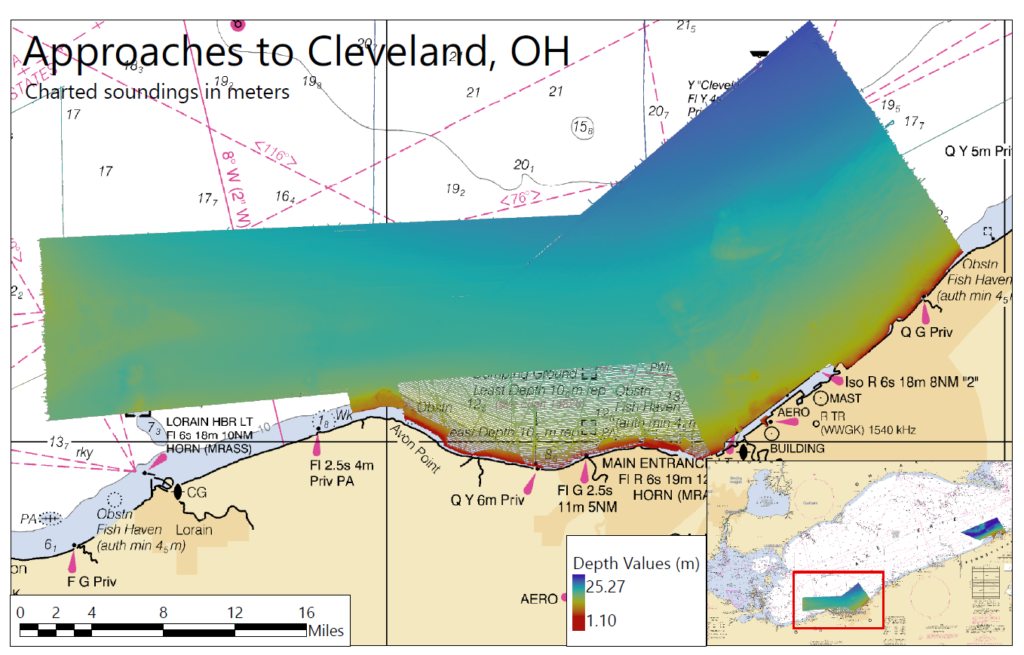
On October 3, Thomas Jefferson got underway from Cleveland, Ohio for the last time, wrapping up its 2022 field season. After the last few hours of surveying in Lake Erie, the ship began the transit through the Welland Canal. The canal consists of a series of eight Canadian locks within the Great Lakes / St. Lawrence Seaway, connecting Lake Erie to Lake Ontario. After arriving in Lake Ontario the Thomas Jefferson continued to survey as part of a project for the proposed Lake Ontario National Marine Sanctuary. Thanks to the depths of Lake Ontario, during the seven days of survey, the ship was able to acquire 274 square nautical miles, compared to the 450 collected during the months of survey in Lake Erie. The Thomas Jefferson made a point to survey over the deepest section of Lake Ontario, 244 meters, which is nearly four times the deepest depth of Lake Erie (64 meters).
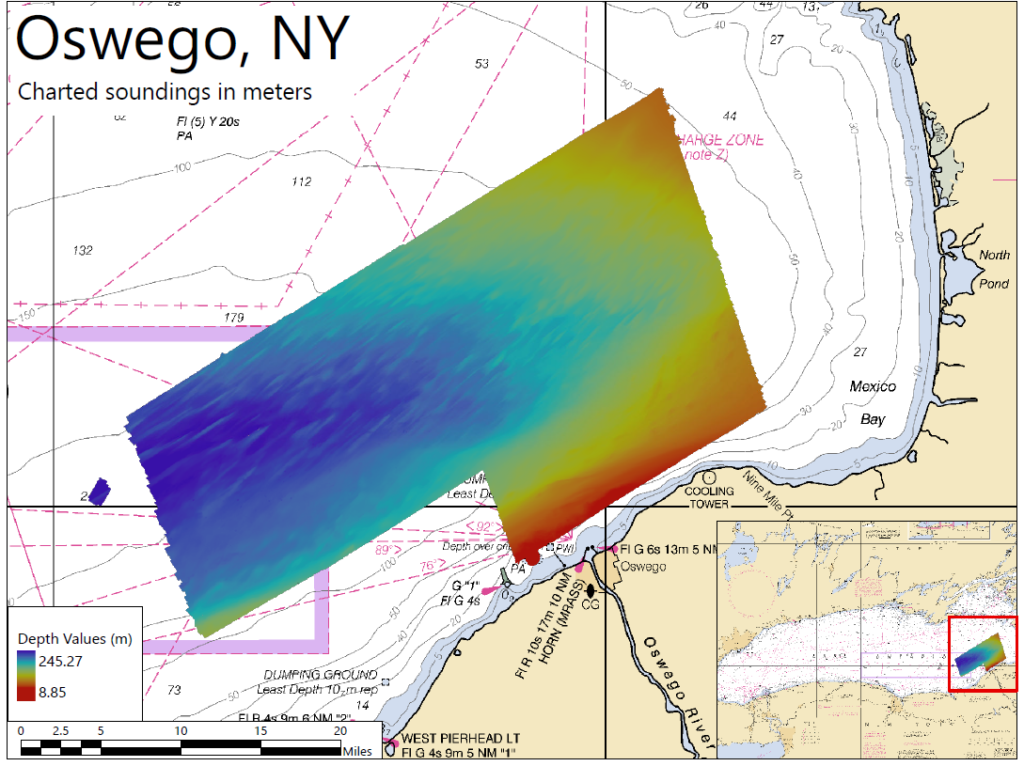
One of the prominent questions being asked during the Lake Ontario survey was if the Thomas Jefferson would find the 18th Century sloop, Lady Washington. Believed to be the oldest confirmed commercial sailing vessel to exist in the Great Lakes, in November of 1803 the Lady Washington was caught in a storm and sank off Oswego, New York. Only time will tell if any of the shipwrecks identified during this survey are the Lady Washington.
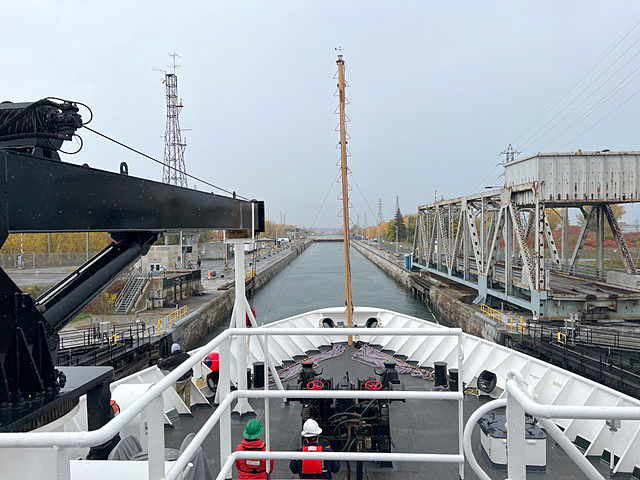
After wrapping up survey operations off Oswego, the Thomas Jefferson began her 1,908-nautical mile journey back to Norfolk, Virginia. Through the St. Lawrence Seaway, from Lake Ontario to Montreal, Québec the ship transited over 200 nautical miles, passing through two U.S. and five Canadian locks, in order to drop 75 meters and reach sea level. During the three day transit of the St. Lawrence Seaway, the Thomas Jefferson was joined by pilots, who switched out at various points along the journey to provide their knowledge of local conditions and unique understanding of transiting the locks. At Les Escoumins, Québec, Canada, the final pilots departed the ship and the Thomas Jefferson continued north towards the Gulf of St. Lawrence with seven days and 1,488 nautical miles to go until Norfolk.
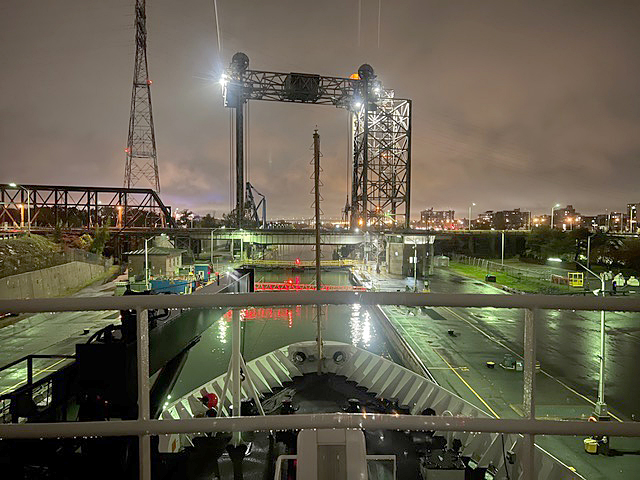
The North Atlantic Ocean in mid-October does not make for the smoothest transit and when the Thomas Jefferson rounded Nova Scotia, Canada, heading for the Gulf of Maine, it was fortuitous the ship’s plan of the day warned folks to secure for seas. Fortunately, the storm system continued northeast as the Thomas Jefferson headed southwest and the last few days of the transit off the Eastern Seaboard were calmer. With a total distance of 2,200 nautical miles from Cleveland to Norfolk, the Thomas Jefferson was moored alongside its homeport at the Marine Operations Center-Atlantic in Norfolk, Virginia. With the closing of the 2022 field season, the crew of the Thomas Jefferson could enjoy their Great Lakes survey success and being back home.
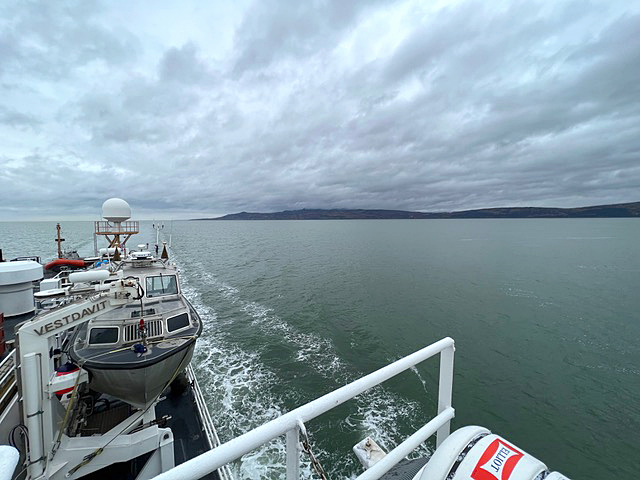
Plans for the winter include processing 22 surveys from the Lake Erie and Lake Ontario projects. With the sonar equipment removed from the launches as part of the winterization process, there won’t be any additional survey work until Hydrographic Systems Readiness Review takes place in February 2023. The crew and contractors will begin the ship’s repair period in November, overhauling the heating, ventilation and air conditioning system and flooring, and conducting routine maintenance. With the ship alongside, the Thomas Jefferson’s crew will be able to take a well deserved rest, as well as attend training to build new, and maintain current skills. All this work will help prepare the Thomas Jefferson for the 2023 field season, where the ship will spend its time back in saltwater, surveying in the Gulf of Mexico.

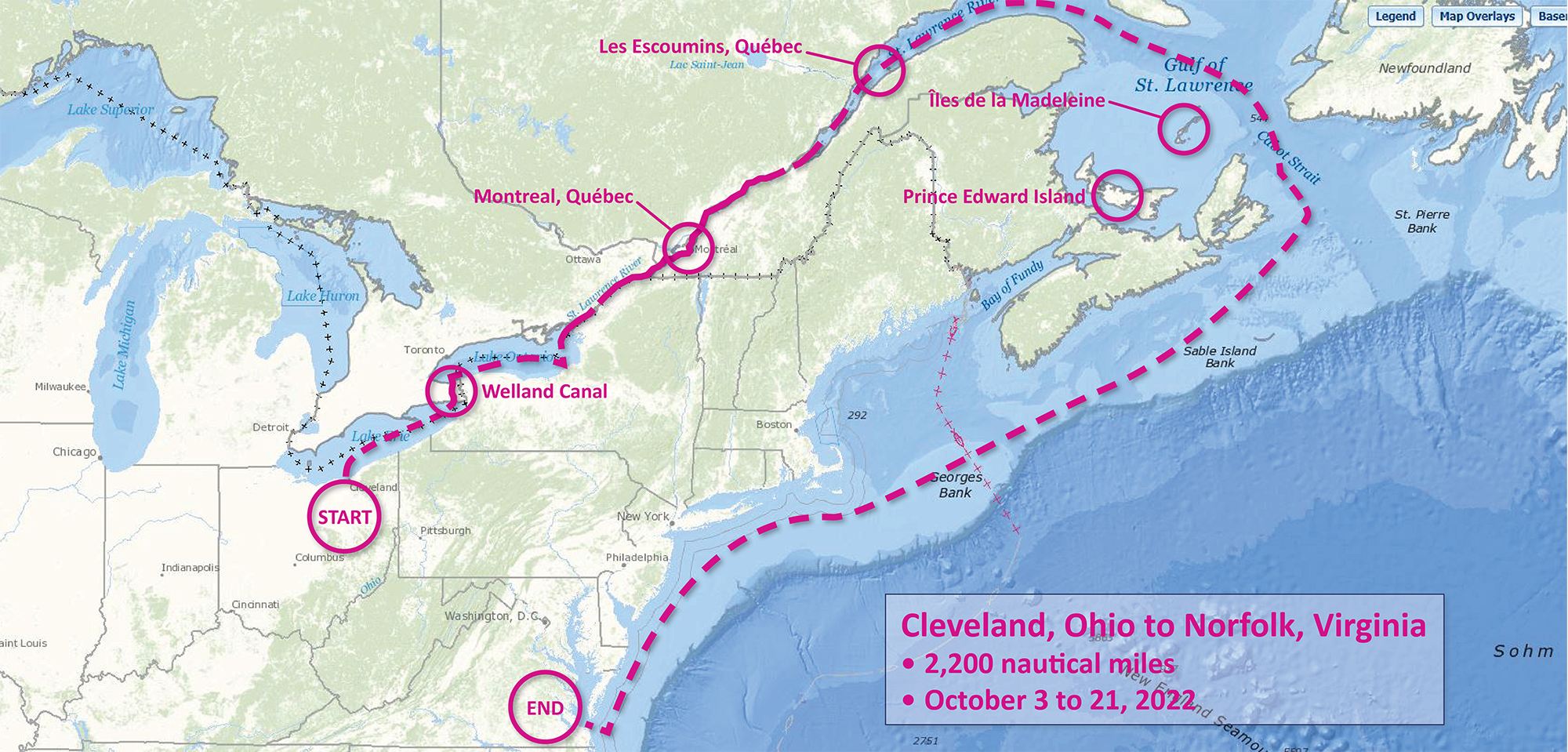
I believe our team located & identified the sloop Lady Washington using sidescan sonar & Videoray ROV video from which I drew detailed pen & ink sketches to scale, & painted an elevation of the starboard anchor with wood stock hanging from the bow. Team was Roger Pawlowski, Jim Kennard, Roland E Stevens111 ( artist ).
Thank you Roland and crew. Hope to meet you soon, near Ft Myers?